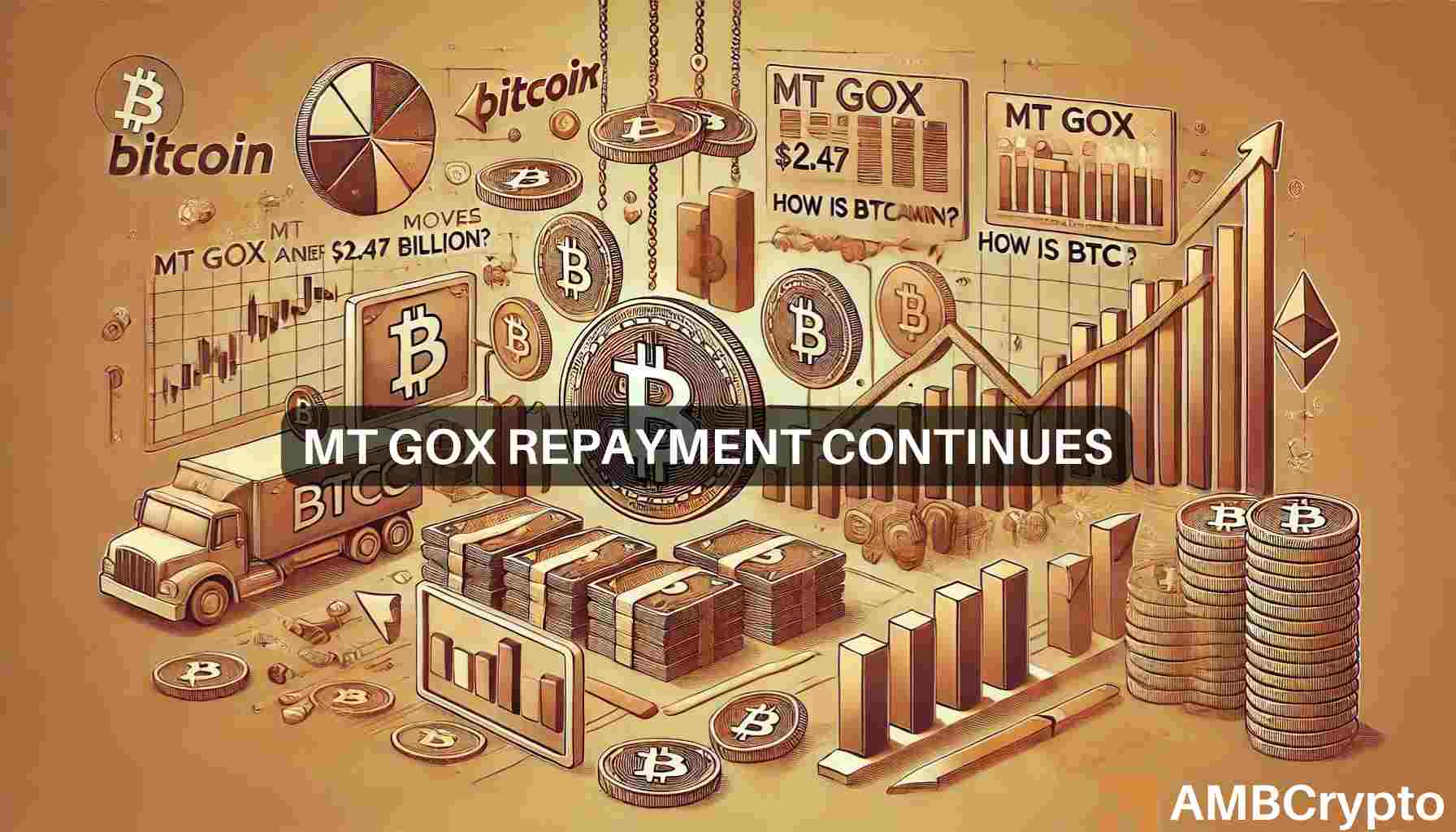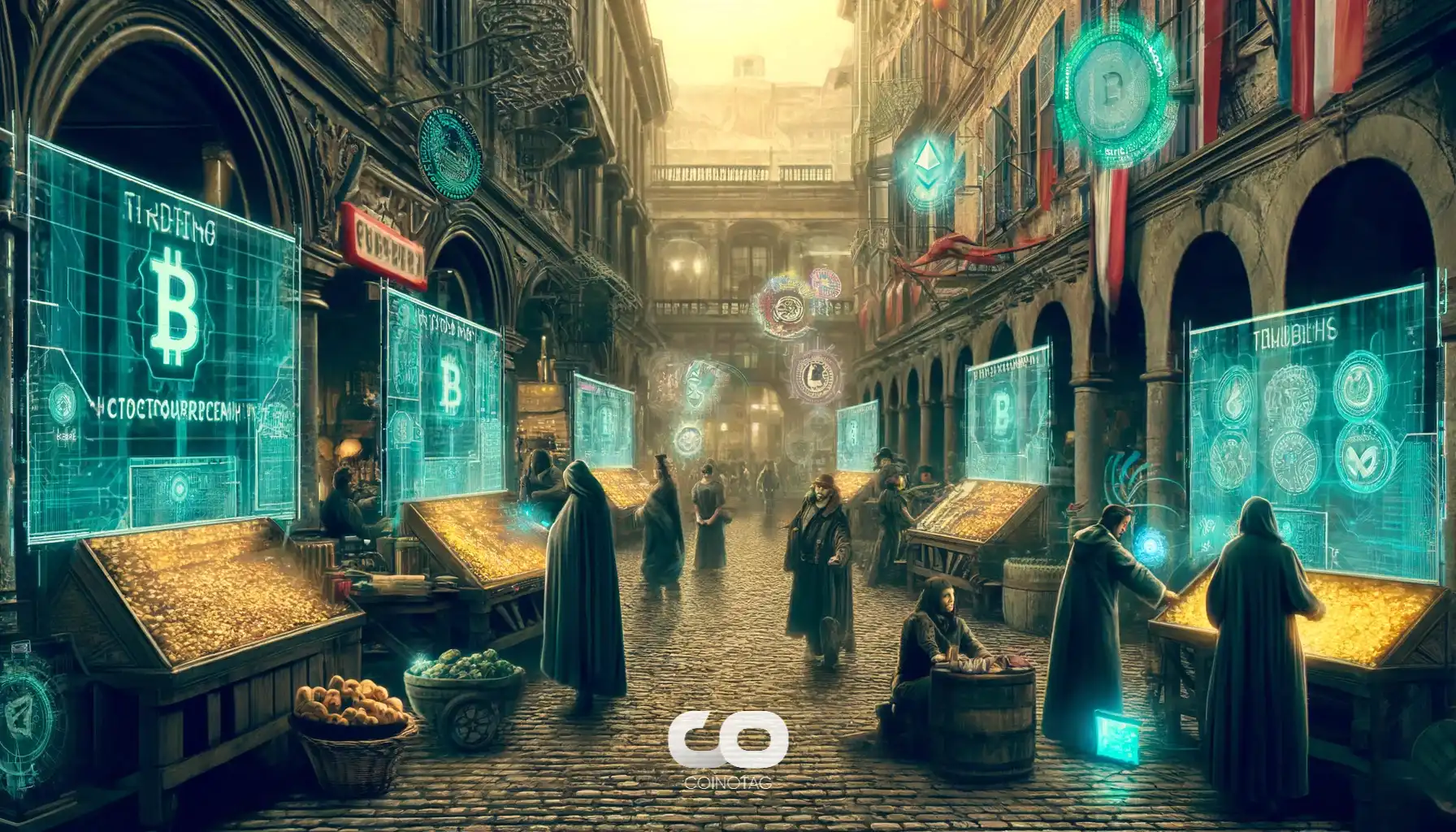Most L2 chains may disappear, but a few found a successful model
Not all L2 chains will survive, as niche chains will not be able to become sustainable. The need to scale Ethereum created multiple L2 chains, though some exaggerated their claims and did not find enough users.
The L2 market is already colonized by some of the biggest chains, which solidified their positions through value inflows from Ethereum. The proliferation of L2 solutions also arrived during peak VC funding, creating many networks and tokens with big insider holdings.
The launch of company-based L2 chains may arrive after their initial involvement with tokenization. So far, tokenization has used either public blockchains, or private ones based on company servers. But fintech tools like Robinhood and other payment apps still have no native chain, instead relying on the integration of existing networks.
In previous bull cycles, projects proposed tools to create corporate blockchains, though the idea has not taken off. With BlackRock exploring real-world asset (RWA) tokenization, its own L2 chain may offer better security and predictability. Some of the most successful models may follow the tokenless protocol of Base, which aims to bring in real users and has no native token for incentives.
Most of the L2s that were launched over the last year will fail.
I'm not talking about Arbitrum, Optimism, Base, or zkSync.
But everything else looks similar to what we saw in the DEX market after Uniswap. A lot of copy/paste, slightly differentiated tech, buzzwords, and… pic.twitter.com/Y0pwmG9klL
— Michael Nadeau (@JustDeauIt) July 23, 2024
L2 chains seen as too complicated
L2 chains bring several complications, of which the biggest one is the bridging and wrapping of assets. Chains also create fragmented app ecosystems, which are not always liquid. Attempts to offer multi-chain apps still face the limits of bridge liquidity and waiting periods to move tokens.
The presence of L2 chains has created a bridge ecosystem with around $300M in available liquidity for moving tokens. However, the bridge system only connects a limited selection of top networks.
Despite this, some L2 chains have proven extremely suitable for tasks like gaming. Chains like Ronin or Polygon have emerged as the go-to solution for Web3 gaming.
When it comes to DeFi, the selection of chains is still small compared to all available L2 protocols. Most of the inflows from Ethereum land on Arbitrum, Base, Optimism, StarkNet, ZKSync, Sui, Polygon and Avalanche. Those chains emerge as the most liquid ones, as they receive the biggest flows of stablecoins from Ethereum.
Also Read: Polygon Price Prediction 2024-2030: Is MATIC Going Past $10 Soon?
L2 chains also compete with other scalable networks like Solana or Toncoin. The top selection of L2 is carrying peak DeFi volumes, but stays behind other trends like memes or gaming.
L2 chains are seen as necessary when scaling Ethereum. Some protocols also include side chains or other similar technologies, to create their own family of networks. Projects like Polkadot and other hubs that connect multiple chains are yet to prove their value and the hassle of bridging.
L2 chains try to avoid ‘ghost chain’ status
During previous cycles, L2 chains were a rarity. Projects like Lisk (LSK) moved on from having a native L1 chain to becoming another L2 chain, compatible with the Ethereum Virtual Machine (EVM).
Other chains like Shibarium launched to great fanfare, but had little usage. Shibarium, connected to the Shiba Inu ecosystem, carries only 2.31K transactions per day, out of 1.8M wallets. Becoming a ‘ghost chain’ is one of the worst scenarios for L2 projects.
The other problem for L2 are suspicions that not all chains have organic traffic, despite reporting good numbers. Some of the chains, like ZKSync, relied on incentivized airdrop farming, reporting high numbers.
Also Read: MANTA Price Prediction 2024-2030: Will Manta Network Survive Or Crash?
Chains are also running out of time, especially if relying on incentives to retain users. Some of the goals of L2 are to be profitable based on fees, and paying too much for incentives is showing which chains are unsustainable.
Leaders like Arbitrum achieved $4.02M in earnings for June. But ZKSync saw its earnings fall by 50%, to only $125K for the same month.
Previously, Vitalik Buterin has also noted that large-scale L2 have an incentive to retain users and not become cross-operable with smaller chains. Smaller chains also aim to remain closed and retain their liquidity. This reluctance for interoperable solutions may create a market with only a few leading L2 protocols that also map onto an economic system or a source of value.
Cryptopolitan reporting by Hristina Vasileva






